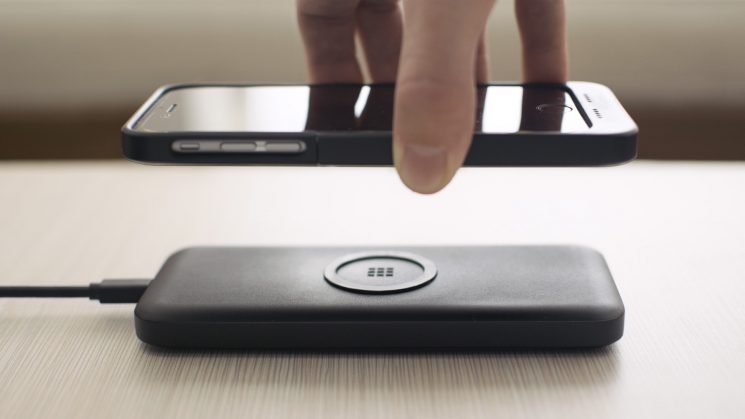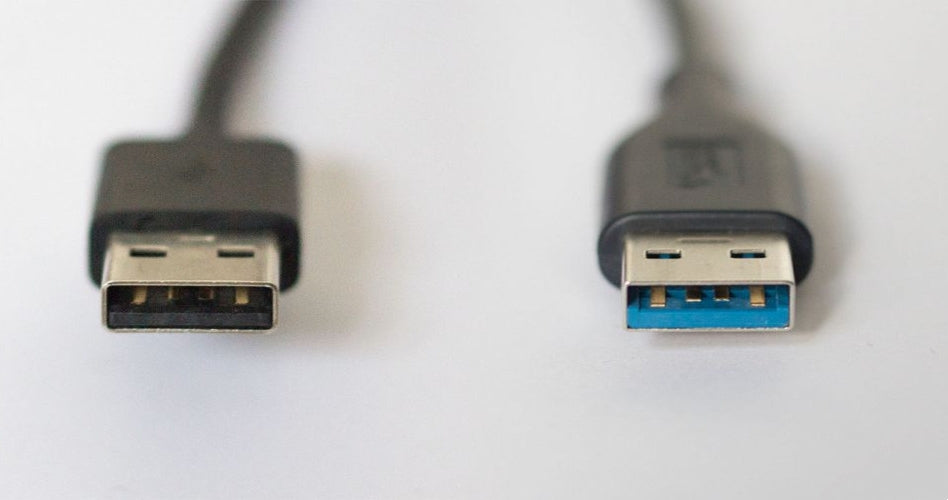As technology continues to evolve at a rapid pace, the debate between USB-A vs USB-C has become a topic of discussion for many tech enthusiasts and consumers alike. With devices becoming more powerful and versatile, understanding the differences between USB-A and USB-C is essential when choosing the right connector for your needs. In this comprehensive blog, we will explore everything about USB-A and USB-C.
What Is USB-C?
USB-C, also known as USB Type-C, is the latest USB connector standard that has been adopted by a wide range of devices, from smartphones to laptops and even gaming consoles. USB-C features a small, reversible connector that is designed to replace older USB standards like USB-A and USB-B. It is faster, more versatile, and more capable than its predecessors, making it the preferred choice for many new devices.
So does the iPhone use USB-C? Apple has traditionally used its proprietary Lightning connector for iPhones, but in recent years, it has started adopting USB-C in some of its devices. For example, the iPad Pro, iPad Air, and recent MacBook models all use USB-C. However, as of now, the iPhone has not yet switched to USB-C, but rumors indicate that this change may come soon, especially with the EU pushing for a universal charging standard. If and when the iPhone adopts USB-C, it will mark a significant shift in the tech industry, as many Apple users have become accustomed to the Lightning port.
What Is USB-A?
USB-A or Universal Serial Bus Type-A, is the original USB connector that has been around since the late 1990s. It is the larger, rectangular-shaped connector commonly found on older computers, laptops, and other devices. USB-A is widely used for connecting peripheral devices like keyboards, mice, flash drives, and printers.
You may ask, is USB-A being phased out? Although USB-A is still widely used today, it is being gradually phased out in favor of USB-C. This is due to the many advantages that USB-C offers, including faster data transfer speeds, higher power delivery, and the ability to handle video and audio output. USB-A is also limited by its design, as it can only be inserted in one orientation, unlike USB-C, which is reversible. However, USB-A is still present on many devices, especially legacy systems, and will continue to be supported for the foreseeable future.
USB-A vs. USB-C: Key Differences
When comparing USB-A and USB-C, there are several key differences to consider. Let’s break them down:
1. Size and Shape
USB-A connectors are larger and rectangular, while USB-C connectors are smaller, oval-shaped, and reversible, making them easier to use in any orientation. This smaller form factor is ideal for modern, slim devices like smartphones, laptops, and tablets.
2. Data Transfer Speeds
USB-C supports higher data transfer speeds than USB-A. While USB-A typically supports data transfer rates of up to 5Gbps (USB 3.0), USB-C can support speeds up to 40Gbps with USB 3.2 and Thunderbolt 3/4.
3. Power Delivery
USB-C is capable of delivering significantly more power than USB-A, making it the ideal choice for charging larger devices like laptops, tablets, and power-hungry smartphones. USB-C supports up to 100W of power, while USB-A is typically limited to 2.5W to 12W, depending on the version.
4. Reversibility
USB-C connectors are reversible, meaning they can be inserted either way, whereas USB-A connectors can only be plugged in one way. This feature makes USB-C much more convenient to use.
5. Versatility
USB-C is a versatile connector that can handle data transfer, charging, and video/audio output all through a single cable. USB-A, on the other hand, is primarily used for data transfer and charging.
USB-A vs. USB-C: Which One Is Better for Your Devices?
When deciding between USB-A and USB-C, it’s essential to consider the devices you are using and their compatibility. Here's how USB-A and USB-C compare for different devices:
Android:
Most Android devices, especially newer models, have switched to USB-C. This connector supports fast charging, high-speed data transfer, and audio/video output, making it the go-to choice for many Android users. If you have a recent Android phone, USB-C is most likely the connector you’ll need for charging and syncing data.
iPhone:
As mentioned earlier, iPhones currently use Apple’s Lightning connector, but there is growing speculation that future models will adopt USB-C. If you are using an older iPhone model, you’ll need a Lightning cable, but for future-proofing, it’s wise to keep an eye on developments in Apple’s charging port strategy.
How Do I Know If I Have USB-C or A?
If you're unsure whether your device has a USB-A or USB-C port, here are a few simple ways to check:
- Connector Shape: USB-A is rectangular, while USB-C is smaller, oval, and reversible.
- Port Size: USB-C ports are smaller than USB-A ports. If your device has a small, oval-shaped port, it’s USB-C.
- Device Type: Many modern smartphones, laptops, and tablets use USB-C. If your device is relatively new, it likely has a USB-C port.
How Does USB-A and USB-C Affect Power Banks?
When it comes to power banks, the type of USB connector you use can significantly impact your charging experience. Veger offers a range of portable chargers designed with both USB-A and USB-C ports, allowing you to choose the right option for your needs.
USB-C power banks typically offer faster charging speeds, higher power output, and better efficiency than USB-A-powered models. If you're looking for a portable charger to keep your devices charged on the go, Veger’s USB-C power banks are ideal for quickly recharging smartphones, tablets, and even laptops.
On the other hand, if you still rely on older devices that only have USB-A ports, Veger’s USB-A-compatible power banks will work seamlessly with your existing setup. However, if you plan on upgrading your devices in the near future, investing in a USB-C power bank will ensure compatibility with the latest technology.
FAQs about USB-A vs. USB-C
1. Why is everything changing to USB-C?
USB-C is becoming the standard due to its faster data transfer speeds, higher power delivery capabilities, and versatility in handling various tasks like data transfer, charging, and video output. It’s a universal connector that’s smaller, more efficient, and easier to use than older USB-A connectors.
2. Can you plug a USB-C into a USB-A port?
No, USB-C and USB-A are incompatible because they have different physical connectors. However, there are adapters available that allow you to connect USB-C devices to USB-A ports, though the functionality may be limited to slower speeds and lower power delivery.
3. Can I use any USB-C with an iPad?
Not all USB-C cables are the same. While most modern USB-C cables will work with an iPad, it’s essential to use high-quality cables that support fast charging and data transfer speeds for optimal performance. If you're using an iPad with a USB-C port, make sure the cable you choose is certified for iPad use.
Conclusion
In the debate between USB-A vs USB-C, it’s clear that USB-C is the future of technology. With faster data transfer speeds, higher power output, and a more versatile design, USB-C is quickly becoming the preferred connector for most modern devices. However, USB-A is still widely used, especially in legacy devices, and will continue to be supported for the foreseeable future.
When choosing the right connector for your devices, consider factors like compatibility, power delivery, and data transfer speeds. For those looking for a more future-proof option, USB-C is the way to go.
Veger offer a wide range of power banks with multi-ports, featuring both USB-A and USB-C connectors, ensuring the perfect charging solution for all your devices. Whether you're using an Android phone, an iPhone, or a laptop, our portable chargers are designed to keep you powered up wherever you go. Explore our collection today and experience the convenience of advanced charging technology.




Commenta
Questo sito è protetto da hCaptcha e applica le Norme sulla privacy e i Termini di servizio di hCaptcha.